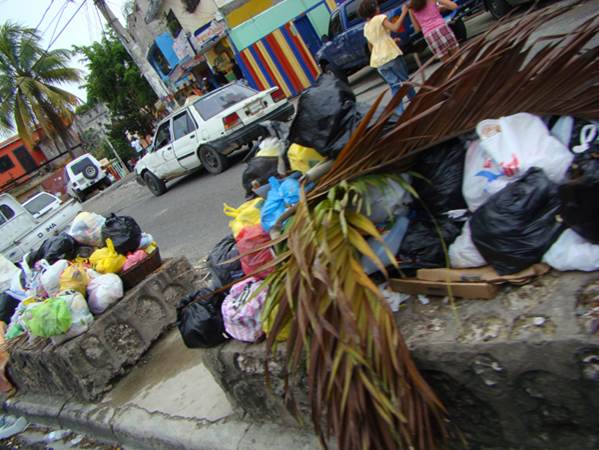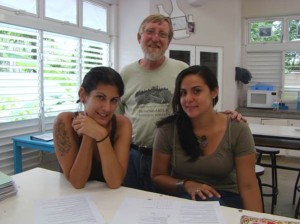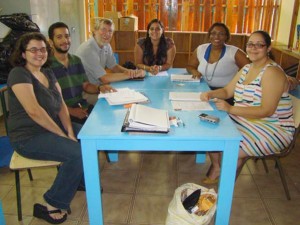The Green Experiment, Part 1
This is the first in a series of guest posts written by Laura Tejeda, a former Community for Learning Science teacher who worked with our staff to create our sustainable environmental projects. Laura documents the journey that made her dream become our reality.

What started as an idea it is now a dream come true!
When I started teaching science, it was always my dream to integrate environmental science and consciousness about natural resources and species into the core curriculum. At the beginning of each year, when planning my themes and projects, I would try to include as much content dedicated to the environment as possible, but it never quite seemed like enough to me.
It was when I started teaching at The Community for Learning (TCFL) that this dream I had for so long began to materialize. Not only were the class sizes and resources ideal, but the school staff and teachers were also open to integrating environmental studies into their subjects. That was when it hit me: the only way to have an environmentally conscious school was by bringing the environment into the classroom, or by taking the classroom into the environment.
This was easier said than done. Being a teacher is a demanding job. You’re always planning lessons, grading, prepping your materials, or in a meeting, so my idea always remained on a second plane. Then, an opportunity knocked on my door. I was awarded a scholarship for a master’s degree in Environmental Science, and it would take 2 years.
In the first year, I devised a pilot project for my dissertation. I planned to integrate one environmental science into the core science curricula for middle school in TCFL. Four activities were planned: one for each grade that was participating in the pilot project (5th through 8th grades).
In a flash summer meeting, teachers were given broad guidelines and tentative lesson plans to follow. I would help them (through email and Skype) as much as I could from the US while wrapping up my final classes. It sounded like a recipe for disaster, but I was sure that if anyone could make this project work, it was the teachers at TCFL. Teachers at TCFL are trained to be creative and think outside the box while encouraging their students to be critical thinkers – qualities necessary for the success of this project.
.
And with little to no guidance, they made it happen!
5th grade would compost school lunch waste. 6th grade would develop and care for a community garden. 7th grade would research solid waste in their households. 8th grade would perform an energy audit of the school.
It all sounded excellent on paper, but Murphy’s law is very real – even more so in the Dominican Republic. Although not everything that could go wrong did, there were still a lot of hurdles to jump – but at TCFL everything is considered a learning experience and this Green Experiment was no exception. In the following four posts, I will detail the amazing journey of a determined group of teachers and students that turned this crazy pilot project into the first organized, recorded, and successful attempt to bring the environment into the classrooms of the Dominican Republic.



Leave a comment